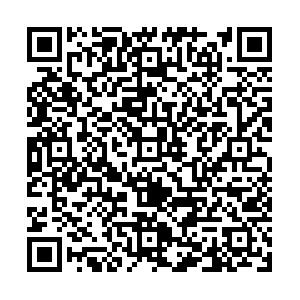Abstract:
Objective To analyze the influencing factors of CT-guided radiofrequency thermocoagulation for treating postherpetic neuralgia(PHN) in thorax and abdomen, and to construct a nomogram efficacy prediction model.
Methods Total 109 patients with PHN in thorax and abdomen, who accepted CT-guided radiofrequency thermocoagulation on dorsal root ganglion(DRG) in pain management department of Affiliated Hospital of Jiaxing College from June 2013 to September 2018 were selected. The efficacy was evaluated by numerical rating scales(NRS). The effective standard was that NRS decreased more than 50% compared with baseline before operation, and the observation point was 1 year after operation. Univariate analysis and multivariate logistic regression were used to identify independent influencing factors. The nomogram was constructed by R software and validated to predict the efficacy.
Results The number of valid patients were 68 while the invalid were 41 at one year after the operation. The univariate analysis showed that age >65 years, disease course >3 months, whether had nerve treatment, and radiofrequency mode were correlated with the efficacy of radiofrequency thermocoagulation(all
P<0.05). The multivariate logistic regression revealed that age >65 years(
OR=0.234, 95%
CI:0.078-0.703), disease course >3 months(
OR=0.382, 95%
CI: 0.016-0.908) and bipolar radiofrequency(
OR=5.727, 95%
CI:1.437-22.827) were independent factors. For validation of the nomogram, area under receiver operating curve was 0.725 and Hosmer-Lemeshow test was
P=0.937, which demonstrated that the model had good accuracy.
Conclusion For patients of old age( >65 years) and long duration(course >3 months) with PHN in thorax and abdomen, the effect of radiofrequency thermocoagulation may be poor. We should evaluate carefully before treating. Bipolar radiofrequency may be more effective.

 点击查看大图
点击查看大图



 下载:
下载:
